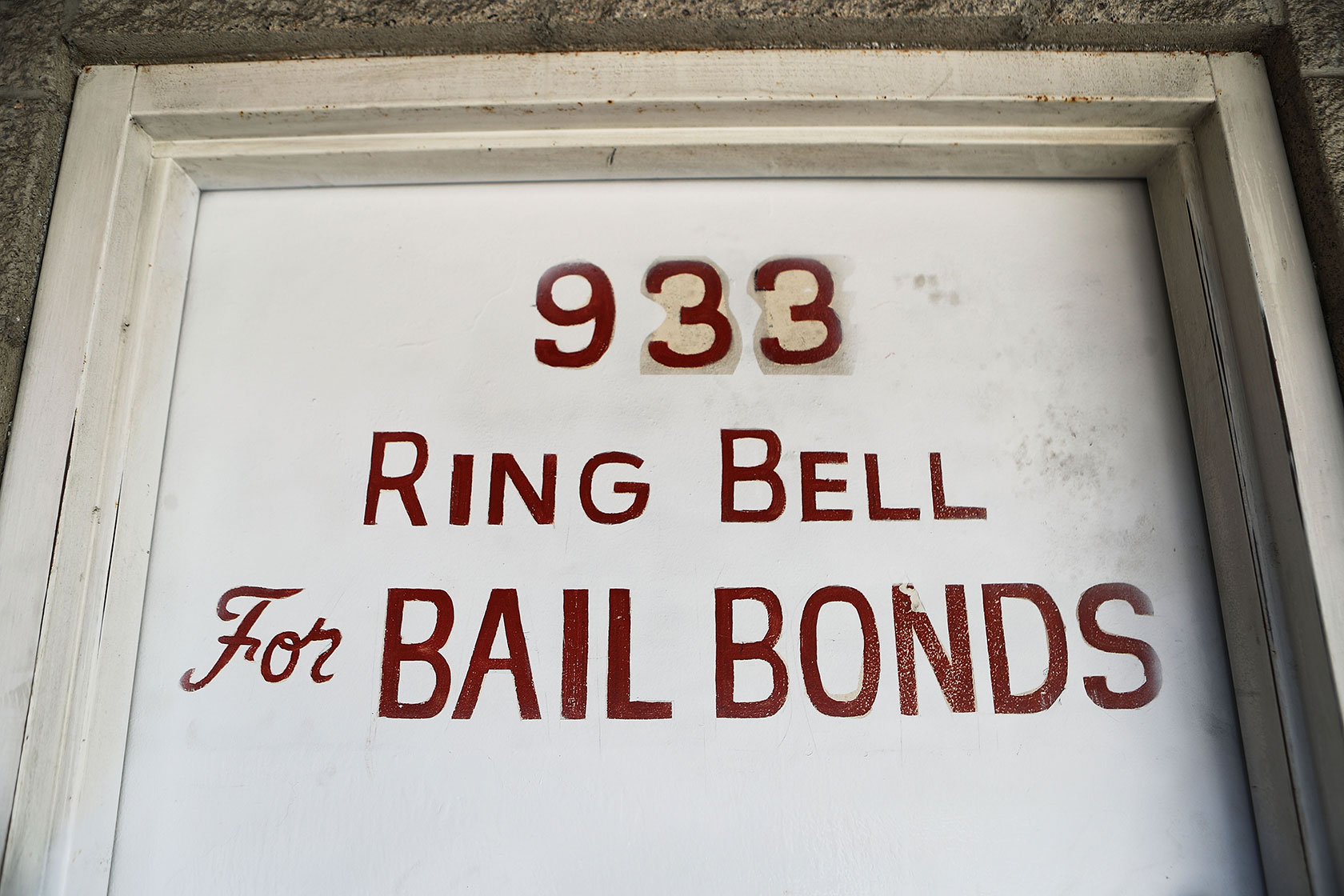Simplifying the Bail Process: Your Overview to Bail Bonds
Navigating the bail process can frequently feel overwhelming, specifically for those strange with the numerous types of bail bonds and the steps entailed in protecting launch. When arrested, the subsequent bond hearing will identify the monetary responsibilities required for launch.
Comprehending Bail Essentials
While the lawful system can commonly appear difficult, understanding the essentials of bond is important for navigating the intricacies of pretrial release. Bond acts as a financial assurance that a defendant will certainly appear in court for their scheduled hearings. When an individual is arrested, a court identifies the bail quantity based on numerous aspects, consisting of the nature of the criminal activity, the accused's criminal history, and the threat of trip.
Bail can take various kinds, including cash money bail, where the offender pays the sum total upfront, or surety bonds, where a bond bondsman guarantees the bond in exchange for a charge. If the offender stops working to show up in court, they forfeit the bond amount, which can bring about extra lawful repercussions.
In some cases, people might be released by themselves recognizance, suggesting they do not need to pay bond yet should promise to return for their court dates. Recognizing these foundational ideas is important for defendants and their family members as they navigate the bond process, ensuring notified decisions are made during a difficult time.
How Bond Bonds Job
Recognizing exactly how bail bonds work is essential for anybody involved in the bond procedure. A bail bond is a lawfully binding agreement in between a bond bondsman, the accused, and the court.
The bondsman typically bills a non-refundable cost, normally around 10-15% of the overall bail quantity. This charge represents the bail bondsman's payment for presuming the financial risk related to the bond. When the charge is paid, the bondsman posts the full bail quantity to the court, safeguarding the offender's release from custodianship.
For this solution, the bondsman might require collateral, such as residential or commercial property or possessions, to alleviate prospective losses if the offender stops working to appear in court. If the accused does not attend the set up hearings, the bondsman can recover the bond amount via legal methods, which may consist of employing a fugitive hunter. Recognizing this process can aid people navigate the intricacies of protecting a bail bond successfully.
Kinds Of Bond Bonds
After securing a bail bond, it is vital to recognize that not all bond bonds are the exact same; they can be found in various kinds developed to fit different scenarios and needs. One of the most common type is the guaranty bond, which entails a bondsman that assures the full bond amount to the court for a charge, typically around 10% of the complete bail. This is perfect for those who can not pay for to pay the full bail quantity upfront.
One more kind is the money bond, where the accused or their representative pays the complete bail amount in cash money straight to the court. Learn More Here This alternative is often made use of when people have the monetary methods and favor to recover their funds upon court appearance.
Building bonds allow individuals to utilize realty as security for bond. bail bond company newark ohio. This calls for a home evaluation and can be intricate, yet it is beneficial for those who possess important assets
Lastly, some territories offer personal recognizance bonds, where the accused is launched based on a promise to appear in court without any kind of financial responsibility. Understanding these kinds of bail bonds is important for making educated decisions in your situation.
The Bail Refine Actions
Navigating the bail procedure entails numerous important steps that can substantially impact the outcome of an offender's scenario. The procedure commonly starts with the arrest, throughout which the person is nabbed. Once jailed, the defendant will be educated of how does bail the charges and may have a bond hearing arranged, where a judge will certainly determine the bail quantity based upon the severity of the criminal offense, trip threat, and criminal history.
After the bail amount is established, the accused or their agent can speak to a bond bondsman. The bail bondsman will certainly assess the scenario, explaining the terms of the bond and the charges included, which generally amount to a percent of the overall bond. If a contract is gotten to, the bondsman will certainly post the bond with the court, allowing the accused to be launched from guardianship.

Tips for Selecting a Bond Representative
Selecting a bail agent is a vital action that can significantly influence the bond procedure. It is important to select a representative that not just recognizes the legal complexities however additionally provides reputable assistance throughout this difficult time. Begin by looking into qualified bond agents in your area; ensure they possess the required credentials and experience in handling your particular circumstance.
Inspect evaluations and endorsements from previous clients to gauge the representative's track record. A trusted bond representative should bail agent job description exhibit compassion, transparency, and professionalism and reliability. Don't hesitate to ask inquiries regarding their charges, processes, and any possible security needs. Comprehending the economic commitments ahead of time can assist prevent unforeseen costs in the future.
In addition, think about the availability and responsiveness of the bail representative. A good representative needs to come 24/7, ready to offer aid whenever required. Review their communication design; a representative who pays attention and discusses plainly can make the process much more manageable.

Verdict
In conclusion, browsing the bond process requires a clear understanding of the various kinds of bond bonds and the procedural steps entailed. Involving with a licensed bail bondsman is essential for facilitating release while ensuring compliance with court commitments.
Browsing the bail procedure can usually really feel overwhelming, particularly for those unfamiliar with the numerous types of bail bonds and the actions included in securing launch.Comprehending just how bail bonds work is vital for anyone involved in the bail process. A bail bond is a legitimately binding contract between a bail bondsman, the accused, and the court.After protecting a bail bond, it is essential to identify that not all bond bonds are the same; they come in various kinds developed to suit various situations and requirements. The most common type is the guaranty bond, which includes a bond bondsman who ensures the full bail quantity to the court in exchange for a fee, typically around 10% of the overall bond.